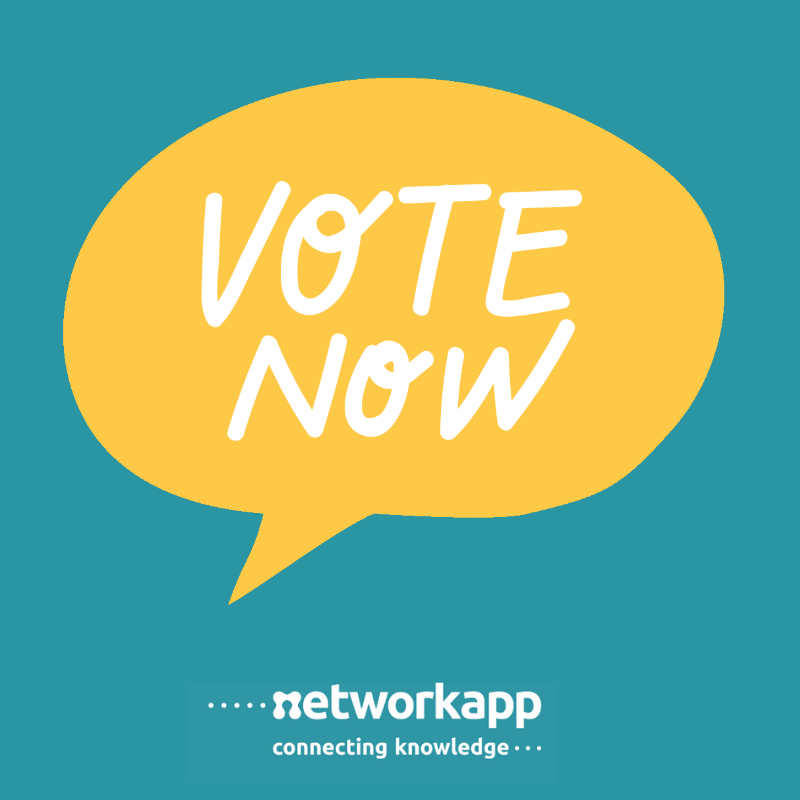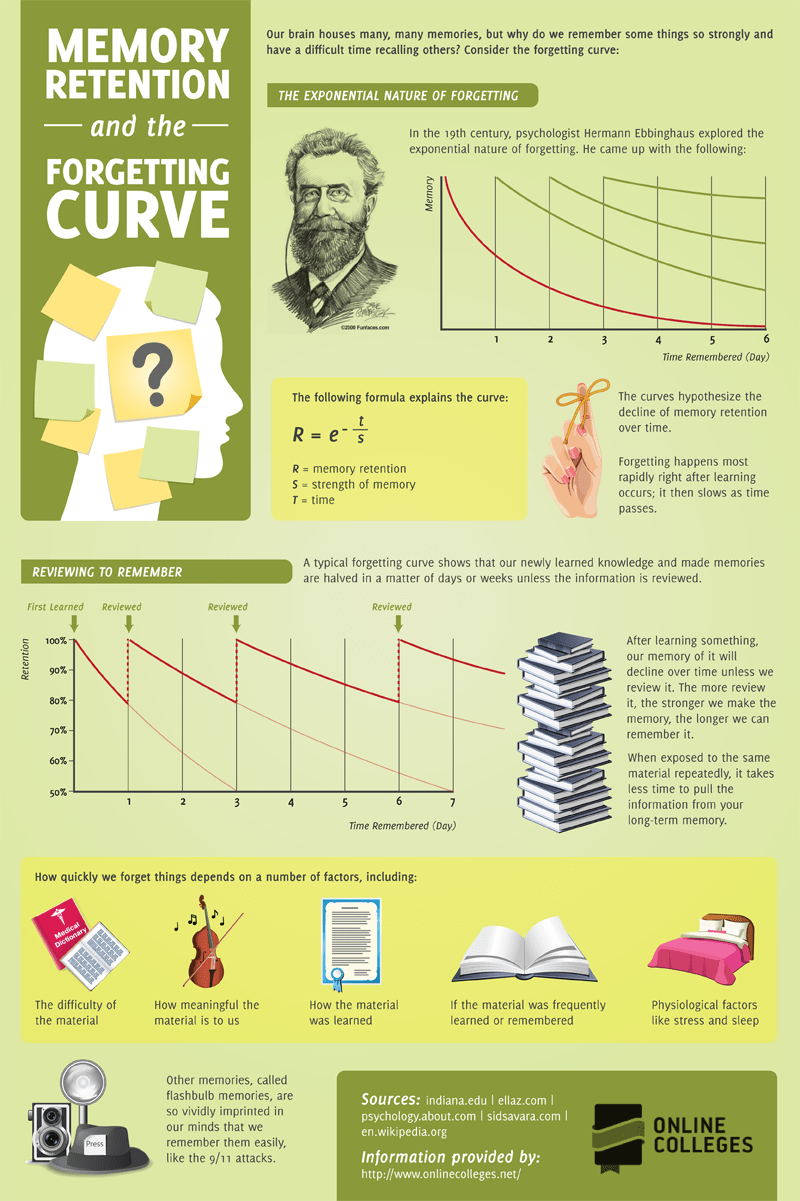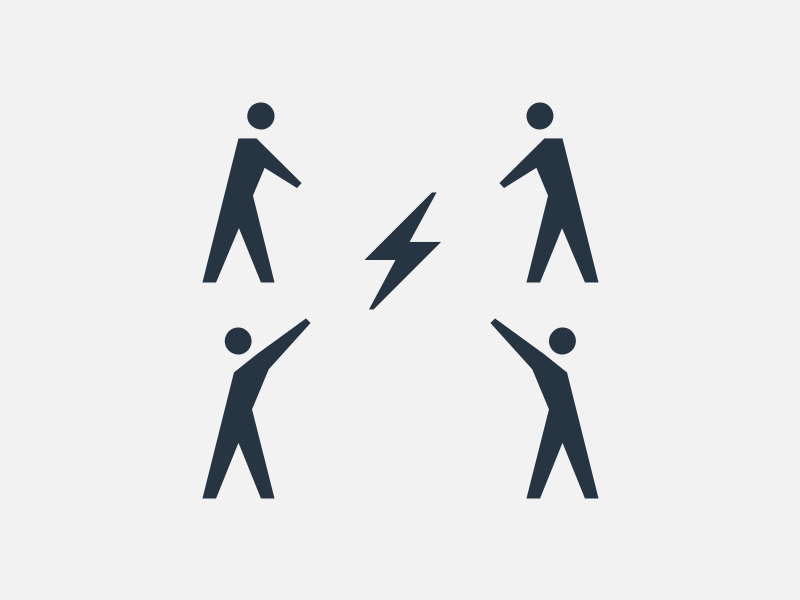A Deep Dive Into Live Voting and Polls: 4 Challenges and 9 Tips
News - 9 min read.

Live voting and polls are essential tools for every presenter, event, conference, congress or business community organiser who is constantly looking for new ways to bring people together, foster engagement and create memorable experiences. A recent study shows that among other factors interactivity is important in successfully elevating engagement in any context.
Before diving into the reasons why live voting sessions and polls can be essential tools in creating memorable experiences, we have some exciting news to share!
At Networkapp, we noticed a demand for a live voting feature incorporated in our app and that’s what we did! Most of our clients were requesting a feature which would allow them to set up their questions using our app, effortlessly.
Thus, after a thorough analysis of our app users’ feedback regarding the most desired attributes of a live voting tool, we spent the last year developing our own live-voting feature. Our main goal is to stimulate interactivity, foster smooth discussions, and create educational and entertaining moments in any presentation, event, conference, association or business community.
Our live-voting feature is now ready to be used by speakers and users of Networkapp.
Find out more about our live voting features.
With our new live-voting feature you can:
- Create unlimited multiple-choice questions;
- Create multiple open-ended questions;
- Moderate the viewing of the results of voting sessions on the presentation screen;
- Have multiple live voting sessions running at the same time;
- Create different types of question set-ups, effortlessly;
- Add multiple-choice or open-ended questions during voting sessions; and
- Have flexible viewings of the results page ( e.g. mobile screens, tablet, and mobiles).
But why live voting sessions and polls are important for presentations, events, conferences and even within communities?
In this article, we take a deep dive into the 4 challenges that presenters and event/conference/community organisers and managers are facing when using polls and live-voting sessions.
We also mapped out 9 tips on how to overcome the challenges related to the use of (real time) polls or live-voting sessions.
1. Attention Span
Human brains are designed to be distracted.
However, attention is a muscle that can and must be exercised to direct our focus abilities, remove distractions and better manage our emotions. Commitment practices like exercise, meditation and taking purposeful breaks can help us develop our attentive capacity.
Although our attention span is getting shorter through the years, studies show that our attention tends to peak during the first 5 to 10 minutes of a presentation and wane after 10 to 15 minutes. It’s not a coincidence that the duration of most TED talks are usually less than 18 minutes.
In line with the concept of short human attention span, Daniel J. Leviting argues in the book The Organized Mind, that the two most important principles used by the attention filter of our brains are change and importance.
Change acts as a protective shield for any external stimulus (e.g. you are attending a presentation and suddenly the screen goes blurry, your brain notices the change immediately and signals your attention system to focus on the change).
Importance acts as a filter that ignores unnecessary information.
Therefore by combining the 15-minute rule with interactive live voting sessions and thus changing the pace of a presentation, you can reignite your audience’s attention. Moreover, fostering participation via engaging live polls can potentially increase the perception of importance around topic.
Networkapp Tip:
Tip 1
- Divide your presentation into 15-minute blocks. After each block, ask your audience a question. By doing this, your audience will be able to better digest the information you want to convey. Thus, pause for few minutes and help your audience refocus on your presentation.
2. Familiarity over Ambiguity
Now, having said that the human attention span is short, one of the catalytic factors of how memorable your presentation can be is your audience’s feelings of familiarity regarding a topic or a context.
Definition of Familiarity
Zajonc, 2001, defined familiarity as the tendency of humans to find more likeable particular objects that have been previously exposed to.
Familiarity & Events
According to the Dutch Harvard professor, Eric Mazur “[the assimilation of knowledge] can be mastered by being able to look at questions in new contexts”. Specifically, any audience should be able to answer questions regarding a presentation’s topic 40-70% correctly. In case the percentage of correct answers fails below 40% it means that either the difficulty level is too high or the topic is too complicated (or worst case, non-engaging).
Thus, make sure that the your event attendees have sufficient information regarding the different presentations or themes of your event. You can do that by briefing them prior to the actual event day(s). At the same time, building any presentation with your audience in mind can turn to be a successful strategy. Therefore, you can start preparing your presentation’s content and structure by asking your audience questions using in-app polls. This way, you will be able to grasp the knowledge levels of your audience around a topic and modify or simplify your presentation.
With Networkapp you can share a briefing with your audience or create polls prior to your presentation. Check out our app features here.
But why is the feeling of familiarity important?
The feelings of familiarity with any type of brand, presentation, event or community can motivate, inspire and active your participants or potential customers. Subsequently, marketers, presenters and event organisers who are able to create familiar immersive event and presentation experiences, are more likely to foster intimacy between individuals and brands, associations and different types of communities. However, those feelings of intimacy and familiarity of an audience tend to decline over time, it is therefore important to follow up with your audience after your presentation or event.
With Networkapp, you can create long-lasting communities where you can share your content, securely! Find out more.
Networkapp Tips:
Tip 2
- Ask questions via in-app polls that will help you determine your audience’s characteristics and preferences before your presentation or event. This way, you will be able to adjust your event’s agenda or presentation’s structure, accordingly.
Tip 3
- Brief your audience about the content of your presentation. This way, your audience will have a basic idea of what your presentation is about, they will have more time to prepare and the engagement during your presentation might be higher.
3. Retention of Information
Having said that human memory span is short and the more familiar the message the more engaged the audience can be with your presentation or event, another factor influencing how memorable the audience’s experience is the retention of information.
Definition
The study of the retention of information is one of the oldest areas of formal study in the science of learning. Retention of information can be defined as having the information stored and ready to be retrieved from our long term memory in response to standard prompts.
Before analysing the importance of information retention in an event context, it is useful to refer to the theory of the forgetting curve: Apart from our short attention span, we forget. Fast!
However, some of the memories do tend to stick to our brains.
One of the ultimate goals of event managers, or presenters is their event or presentation to be remembered!
But how can we create strong lasting memories in our audience’s brains?
- As the brain easily dumps any information that is not repeated in the future, the concept of information retention is critical. By seeing information again and again attendees tend to encode and store any type of information in their long term memory.
- As information processing in the brain is happening via many different routes, it is useful to take advantage of the different types of encoding, i.e. the process of creating a new memory in the brain. Therefore, concepts presented visually, semantically and verbally can achieve dual coding. By doing so, your audience has a higher chance of remembering what you want to convey.
Networkapp Tips:
Tip 4
- Ask different sets of questions around the main idea you want your audience to take home.
Example
Supposedly your presentation’s topic is about cats being cute, you can ask:
- Why cats are cute?
- Name 5 reasons why cats are cute?
Tip 5
- Use Flashcards & Quizzes. This way your audience will perceive the information you want to convey in a fun and entertaining way.
Using Networkapp’s live voting and polls features you can create engaging quizzes, adjusted to your audience’s profiles.
Bonus Tip 6
- Give your presentation’s topics recognisable icons, that will help your audience in the encoding process.
4. Co-Creation of Experiences
Now, taking into consideration the concepts of attention span, familiarity of a topic or a subject and retention of information we are approaching the last and most complex challenge of any conference, event or presentation: co-creation of experiences.
What is Co-Creation?
A lot has been written around the concept of co-creation. In an event/conference context, we can define it as ” the collaborative effort of different stakeholders that creates value, increases involvement and ownership of a shared experience.”
Importance of Co-Creation
Co-creating an experience can foster a sense of community among event’s or conference’s participants, facilitate communication within a group and enhance the development and maintenance of lasting relationships.
The feeling of co-creating an experience during an event or presentation results in increased levels of sharing the experience with social circles. Subsequently, social media sharing can significantly increase your event’s visibility. This statement is confirmed by a recent study conducted by the New York Times, where they examined the motives and the personas behind sharing content in social media. In short, NYT found out that content which indicates personal involvement during the creating process is easily shareable with others.
Having your audience share their experiences with their social circles (whether digital or physical) is a complex process. However, research shows that explaining a concept to yourself or someone else is the most effective way to learn it and make it your own. Therefore, by enabling smart interactions (via live polls or votings) between your event’s participants or your presentation’s audience can trigger feelings of co-creation while the levels of understanding around a topic can considerably improve.
Networkapp Tips:
Tip 7
- Using polls before your event, can help capture your audience’s topics of interests. You will be able to create a customised event or presentation experience (check Familiarity over Ambiguity) based on your attendees’ input. Thus, you can foster feelings of co-creation as most of your audience or attendees will experience your event or presentation, intimately.
Example
Create a poll around the most popular colours among your audience prior to your event. If you find out that the most popular colour is blue, think about using this colour in the event’s brochures, presentation’s look & feel, etc.
Tip 8
- Instead of having a single storyline for your presentation, you can prepare two, three or even more alternative versions based on audience’s feedback. Using the feedback of polls and live voting sessions you can adjust your storyline prior or during your presentation.
Example
Supposedly your topic is about climate change and in the midst of your presentation you find out (via a live-voting session) that most of your audience is interested in NO2 emissions. You can:
- Dive deeper into the topic of NO2 emissions; and
- Initiate Q/A questions via our live voting feature regarding NO2 emissions.
Tip 9
- Use the 50/50 rule. You can simply use half the time of your presentation to convey your ideas and the other half to get your audience explain what they’ve learned either to their peers or by answering to your (preferably open-ended) questions. Research shows, that the method of learning by teaching works best when the teaching involves the retrieval of learning materials. Therefore, give your participants a chance to “teach” each other while remembering what they were taught during your presentation.
Conclusion
Creating memorable long-lasting experiences is not necessarily magic. Instead, by using live-voting sessions and polls you improve the engagement during your event, conference or presentation, collect and reflect on your audiences feedback and better prepare for your future endeavours.






